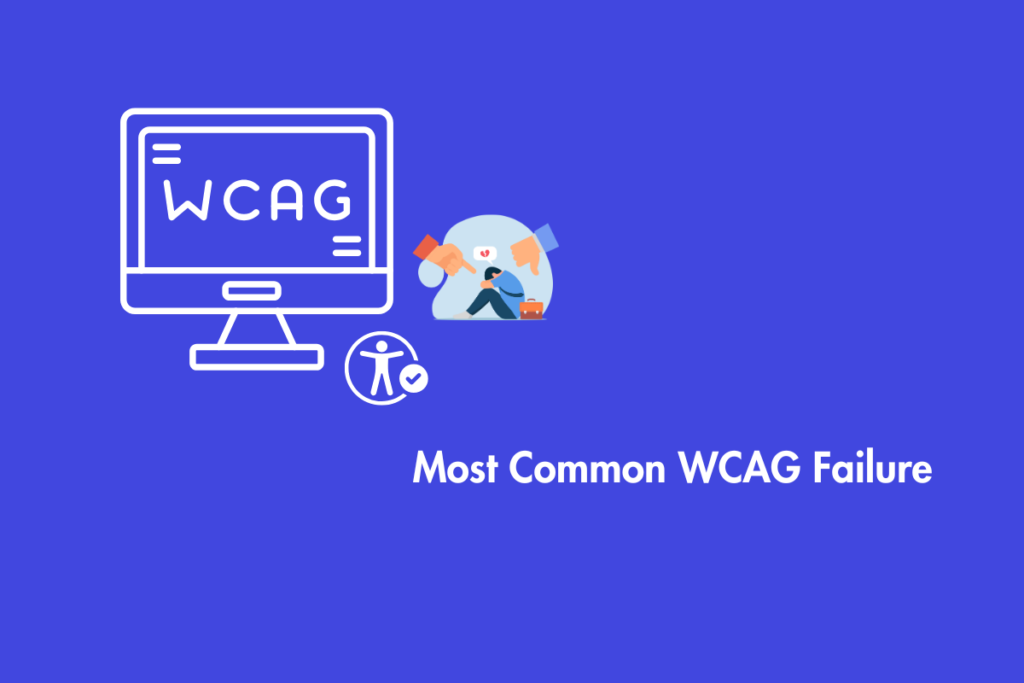Digital accessibility has become legally required and not only a technological issue for any modern-day company. As websites become a fundamental element of commerce and everyday communications, more people who are disabled want accessibility to services, information and transactions. This trend is supported by laws that if not met, these standards can lead to expensive lawsuits and negative news reports. While some businesses ignore the rules, the rise of litigation shows that the inaccessibility isn’t only a hassle, but also a legal risk. Understanding the risk and how lawyers can assist protect your brand and business.
When Do Website Accessibility Issues Create Legal Risks?
Issues with accessibility to websites can pose legal risk when they restrict disabled people from accessing services or information. Federal laws like that of the Americans with Disabilities Act (ADA) and various other regulations require companies to provide digital experiences that are accessible to those with hearing, visual mobility, cognitive or mobility impairments. For instance, an online site that can’t be accessed with screen reader software, or a website form with no alternative text to images, could result in exclusionary practices that can lead to legal challenges. Courts have confirmed that the public accessibility obligations extend into online sites, particularly for businesses that provide services or goods to the general public.
The law suits are filed when users encounter difficulties in accessing the internet, leading to requests for remediation or settlements, as well as court orders. In consultation with lawyers helps business owners understand their obligations and are able to solve accessibility issues before litigation begins.
What Are the Most Common Website Accessibility Lawsuits?
The most frequent accessibility lawsuits are aimed at businesses who fail to comply with accepted technical standards including those of the Web Content Accessibility Guidelines (WCAG). Plaintiffs typically cite obstacles like images with no captions, descriptive alt text, low contrast in colors, difficult to access menus for navigation, and a the inability to use keyboards. For example, a blind person could be able to sue a store that’s checkout page can’t be operated by screen readers, while the deaf person might not be able to view videos without captions.
Recent legal reports shows a surge in lawsuits against small and large businesses the courts have ordered speedy repairs, financial damages, and public apology for non-compliance. Certain businesses have also faced mass action lawsuits wherein restrictions affect large user groups.
Which Accessibility Failures Are Most Likely to Prompt Lawsuits?

A website flaws don’t always lead to a lawsuit, however certain flaws can make companies easily targets for lawsuits. Three sentences outline the reasons why a meticulous approach and proactive audits are crucial to ensure legal security. The most common accessibility issues are listed below.
Check out the most commonly used website-related lawsuit triggers below.
- Incorrect or Missing Alt Text images that do not have relevant descriptions hinder users of screen readers, and prevent those who have visual impairments from comprehending the most important information.
- Unaccessible Navigation Forms and menus which aren’t accessible or operated using keyboards hinder users who have mobility issues which can lead to frustration and eventual abandonment.
- There are no video captions or transcripts: Multimedia content without captions or transcripts does not allow those who are deaf or hard of hearing as it violates the equal access requirement.
- Low Color Contrast: Text and background combinations of colors that do not conform to guidelines for contrast render reading difficult or even impossible for those with visual disabilities.
- Uncoherent Headings Structure Missing or disorganized headings block users who depend on assistive technology to comprehend the contents of pages and effectively moving through the site.
How Do Legal Professionals Support Businesses Facing Accessibility Claims?
Attorneys offer crucial support to businesses that face lawsuits or claims concerning website accessibility issues. They analyze the legal and technical aspects of the case they also communicate with plaintiffs and advocacy groups and negotiate solutions which minimize the risk of reputation damage and costs. Lawyers help companies develop remedies plans, helping prioritize solutions that target the biggest issues and are in line with current legal requirements. In court, lawyers defend their clients’ decisions, advocate for fair deadlines, and attempt to resolve disputes whenever possible.
Legal professionals can also help with policy development, training and the development of accessibility statements. They also assist companies demonstrate their good faith to be in compliance with the law.
What Steps Reduce Website Accessibility Liability?
To reduce the risk of lawsuits, it is necessary to the integration of accessibility into daily routine. regular accessibility checks, education on web development, as well as following WCAG guidelines make a big impact. Updated content, collecting feedback from users and responding promptly to issues can prevent problems from becoming legal. Working with legal experts to review policies and provide instructions to ensure your site remains functional, secure and welcoming to each user.











